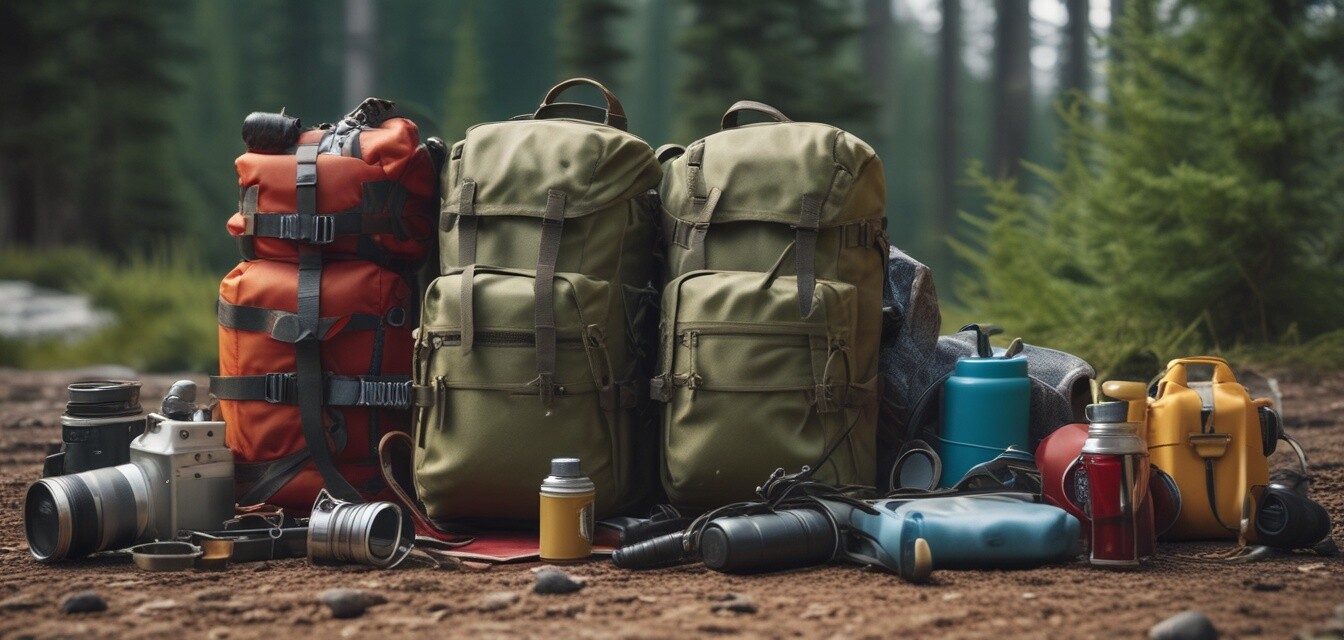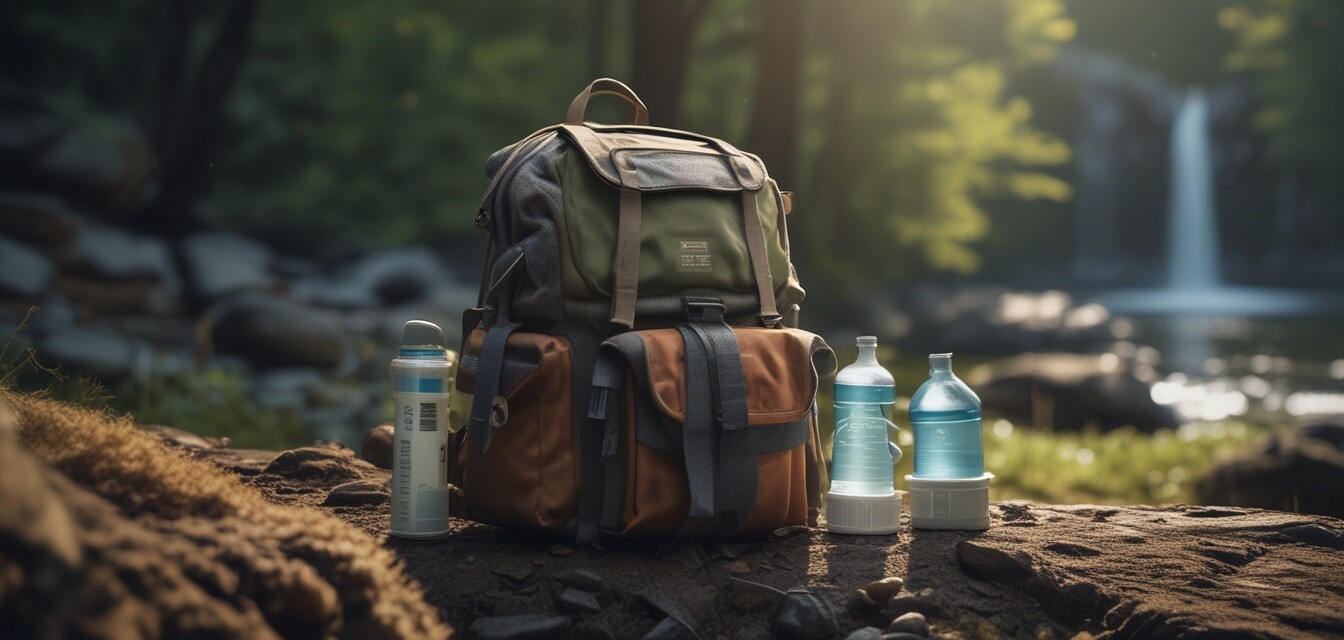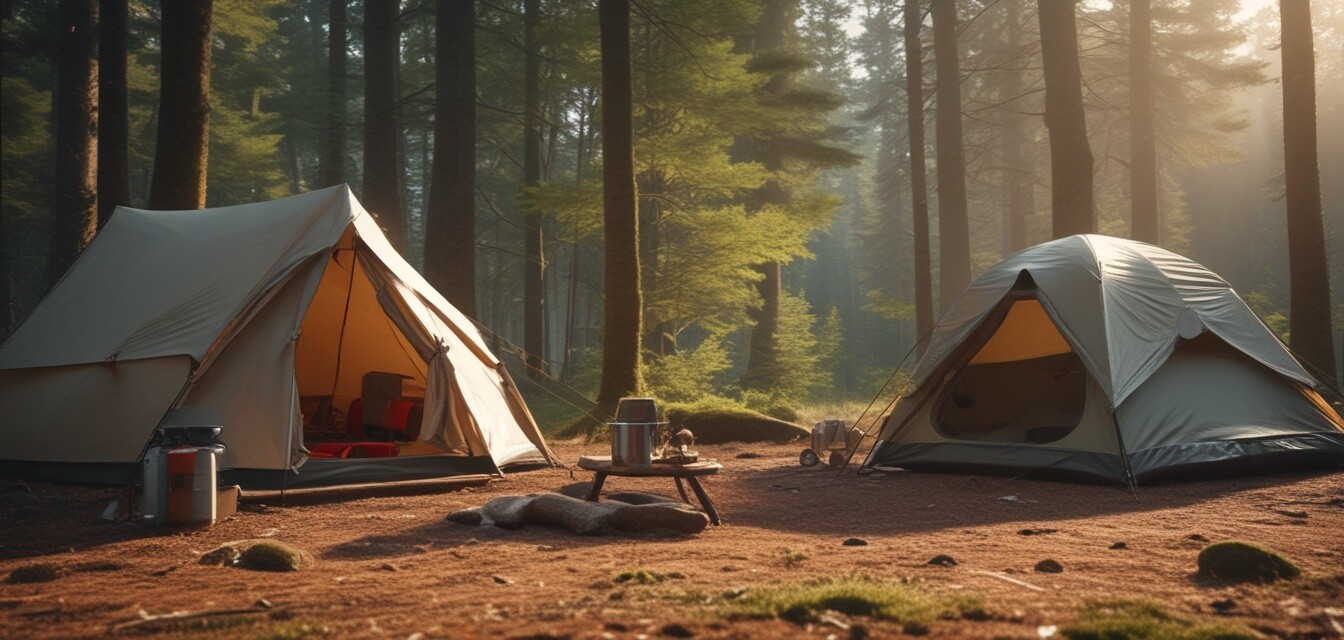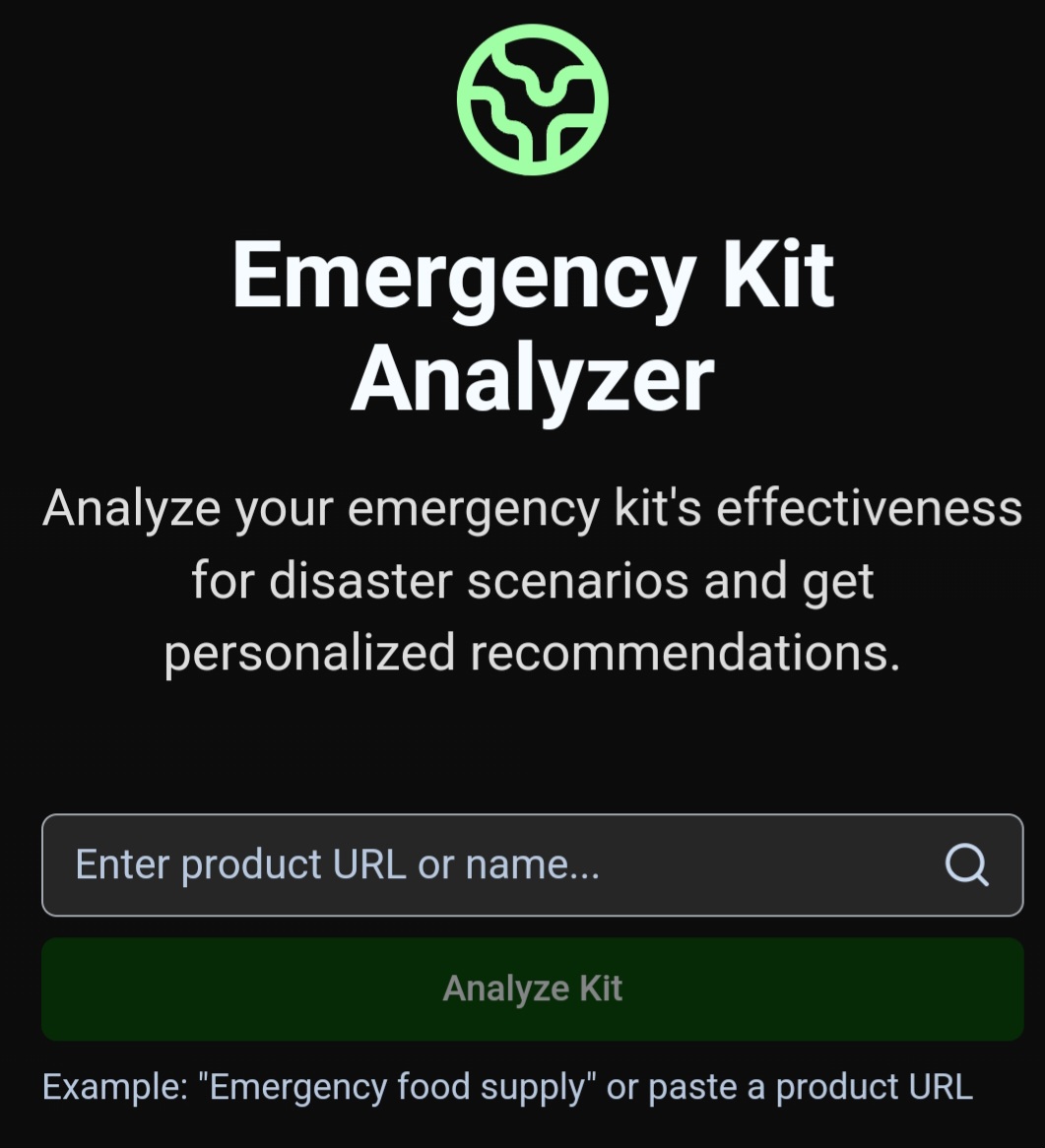
Navigation and Orienteering
In outdoor recreation, especially in emergencies, the ability to navigate and orienteer can be the difference between safety and danger. This article will explore the essential skills and tools required for effective navigation and orienteering, ensuring you're well-prepared for any adventure or disaster situation.
Key Takeaways
- Understanding of basic navigation tools like maps and compasses.
- Importance of planning your route before heading out.
- Skills to read topographic maps effectively.
- Techniques for using landmarks and terrain for navigation.
- Critical thinking and adaptability in emergency situations.
Understanding Navigation Tools
Effective navigation relies on various tools. Here are the most common tools used in navigation:
| Tool | Description |
|---|---|
| Compass | A device used for determining direction relative to the Earth's magnetic poles. |
| Topographic Map | A detailed representation of terrain features, including elevation, land forms, and human-made structures. |
| GPS Device | A device that provides location data using satellite signals. |
| Altimeter | Measures altitude, helping to determine elevation changes in the terrain. |
| Navigation Apps | Smartphone applications that provide map and compass functionalities in real-time. |
Basic Orienteering Skills
Orienteering combines navigation with outdoor skills. Here are some essential orienteering skills to master:
- Map Reading: Learn to interpret map symbols and scale.
- Compass Use: Practice taking bearings and following them.
- Identifying Landmarks: Use natural features like hills, valleys, and rivers.
- Route Planning: Design efficient routes by considering the terrain.
- Estimating Distances: Understand pacing and how distance translates on a map.
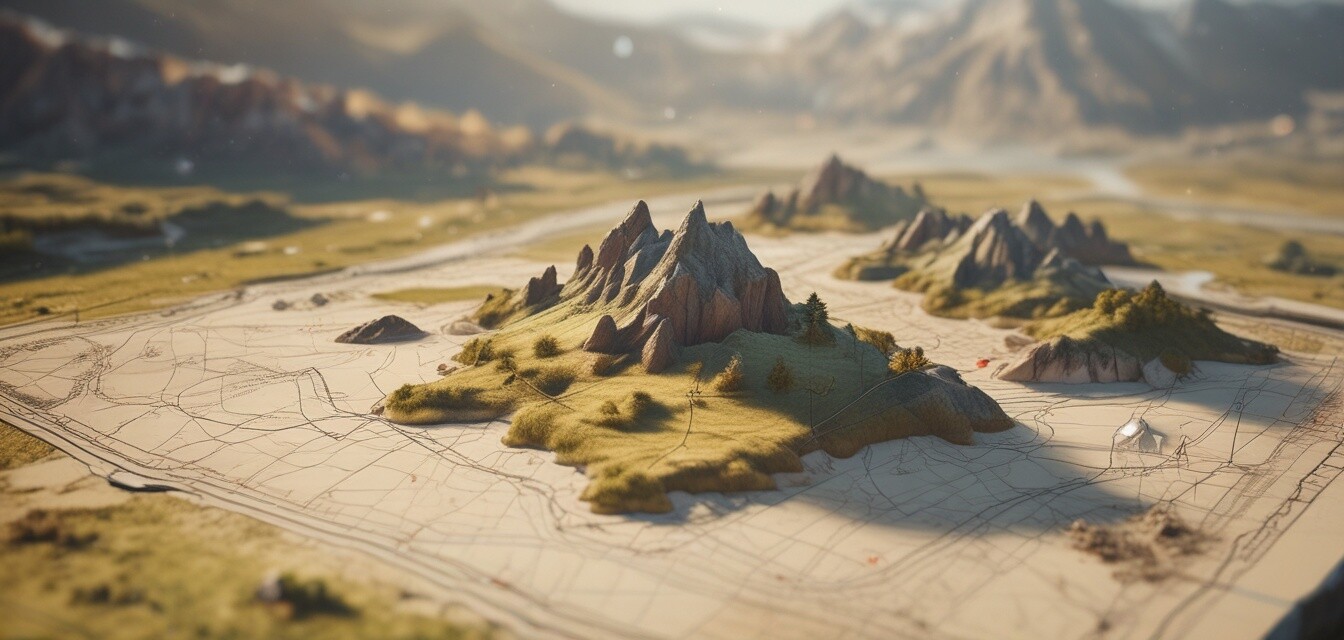
Using Your Compass
The compass is essential for navigation. Follow these steps to ensure you're using your compass accurately:
- Hold the compass flat in your hand.
- Rotate yourself until the magnetic needle aligns with the direction of travel arrow.
- Read the bearing in degrees on the compass dial.
- Follow the bearing and make adjustments as needed based on terrain.
Map Reading Techniques
To utilize a topographic map effectively:
- Identify the legend to understand symbols.
- Look for contour lines to gauge elevation changes.
- Use scale to measure distance between points.
- Mark key locations relevant to your route.
- Always refer back to the map while navigating.
Emergency Navigation Skills
In emergencies, your ability to navigate becomes even more critical. Here are some techniques to help you:
Tips for Emergency Navigation
- Stay calm and assess your surroundings.
- Use a map and compass to establish your location.
- Maintain a clear route plan to avoid getting lost.
- Make use of natural compass bearings like the sun and stars.
- Always carry emergency navigational tools when heading outdoors.
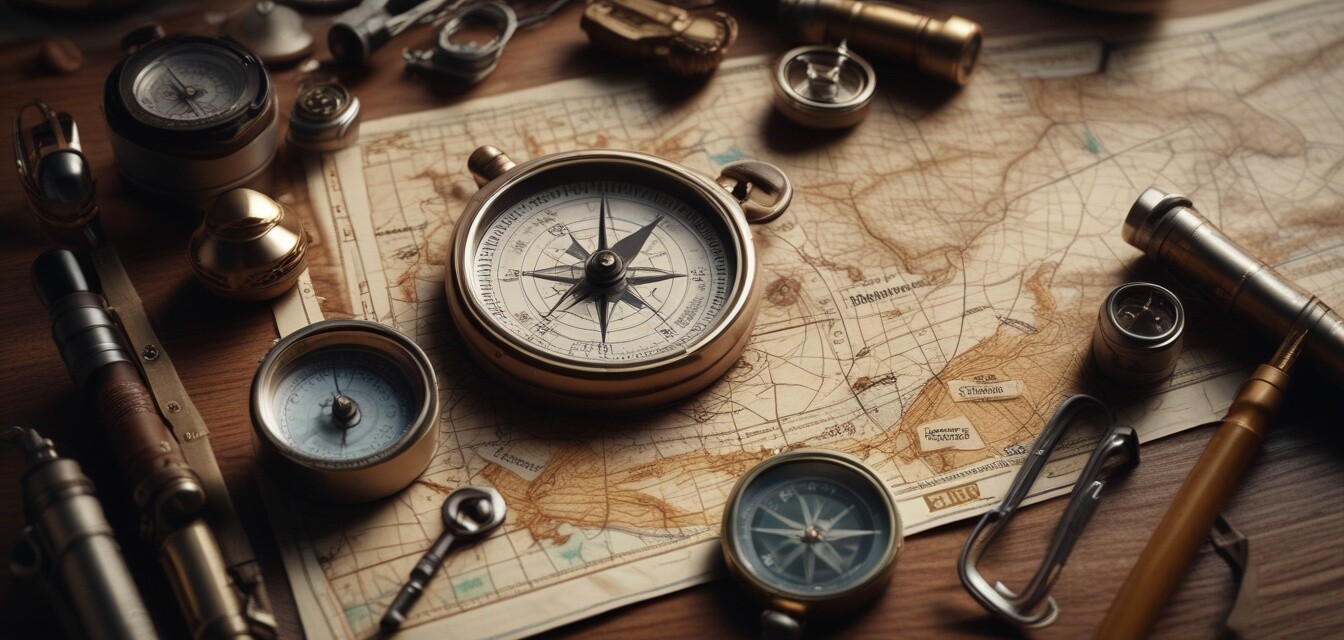
Conclusion
Whether you're planning a hike, navigating through treacherous terrain, or preparing for emergencies, mastering navigation and orienteering skills is essential. Regular practice and understanding of your tools can save time and energy and even ensure your safety.
Pros
- Increases your self-reliance and confidence in the outdoors.
- Equips you with essential survival skills.
- Improves your situational awareness in various environments.
- Enhances problem-solving and critical-thinking abilities.
Cons
- Requires practice and may be challenging for beginners.
- Can be time-consuming to learn thoroughly.
- Weather and terrain conditions can affect navigation.
For further reading on navigation and orienteering essentials, check out our related articles on communication devices and survival gear that can aid in emergency situations.
